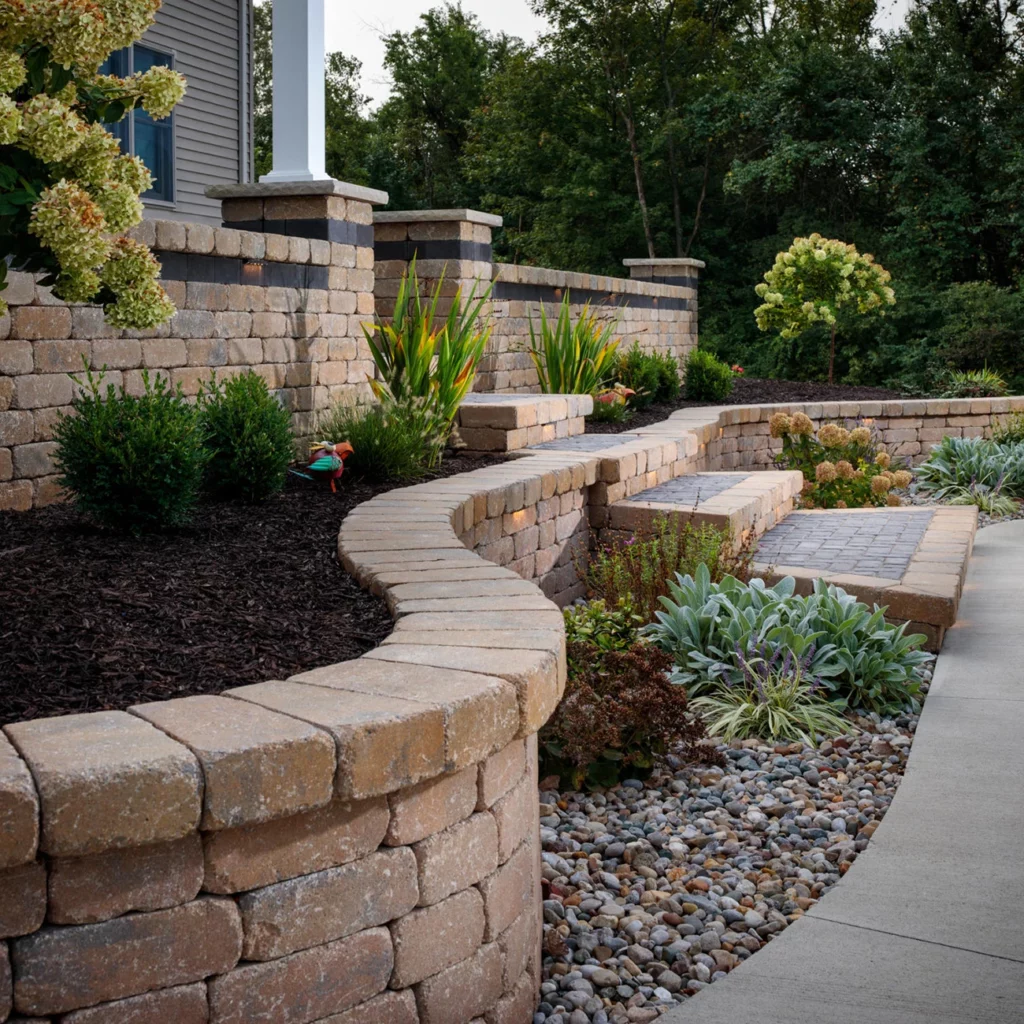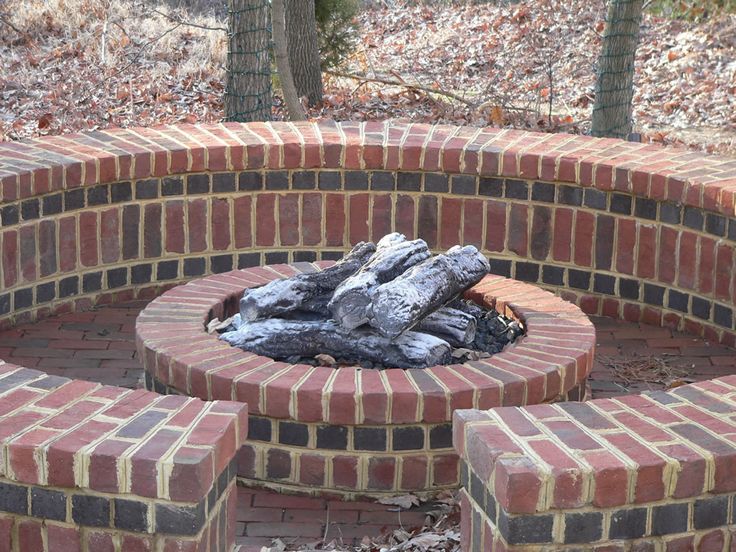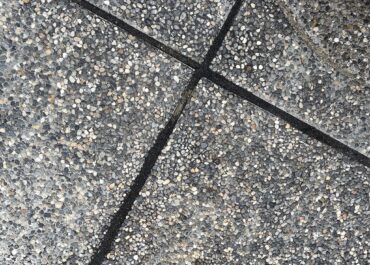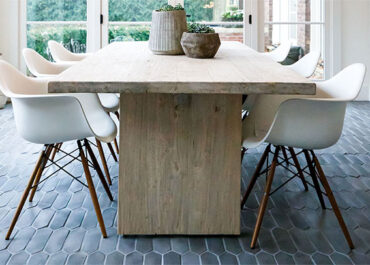
Sometimes called a retaining wall, a paver wall is a valuable addition to any hardscape project. When correctly planned and built, it allows for a natural division of ambiance, outdoor-to-indoor transitions, a living area that goes beyond barbecue gatherings, and a complete revamp of your home’s resale value. But is a DIY paver wall a nice approach to your dream project?
Many homeowners tend to think so – and today we are here to answer your main questions about the construction of a paver wall.
You may also like: The Best Retaining Paver Wall Blocks for a Fire Pit
DIY paver wall: is it possible?
Yes, it is possible to tackle a DIY (do-it-yourself) paver wall project – but like anything that involves heavy handwork and craftsmanship, it’s important to approach it with careful planning and consideration of the complexity of the project.
While many people successfully complete DIY paver wall projects, it’s crucial to be realistic about your skills. If you are unsure or if the project involves significant structural considerations (several aesthetic and design choices are audacious), it may be wise to consult with a professional or seek guidance from experienced individuals.
You should also make sure to check local building codes and obtain any necessary permits before starting your project. Another advantage of working with experts is getting this knowledge first-hand, saving you from unnecessary budget loss due to regulations.
Read as well: Paving Prices in 2024 – A Hardscape Guide

DIY paver wall: step by step
If you still decide to go for it, you must start by getting the needed supply. Apart from the pavers of your choice themselves and base materials (like sand, polymeric sand, and gravel), the tools involved are listed below:
- Shovel
- Rake
- Tamper
- Level
- Measuring Tape
- Mallet or Rubber Mallet
- String and Stakes
- Wheelbarrow or Bucket
- Carpenter’s Square
- Gloves and Safety Glasses
- Caulk or Landscape Adhesive
- Circular Saw or Wet Saw (only if you need to cut pavers to fit specific areas of your design; refer to this article to learn how to do that)
- Broom
- Plate Compactor (optional)
- Safety Gear
Below are some general, oversimplified steps to guide you through a DIY paver wall project. Remember that the actual installation involves many extra details and technical considerations, so make sure to get a glimpse into some of our other articles that go over paver installations – like this one.
Design and planning
- Determine the purpose of the paver wall (e.g., retaining wall, decorative wall).
- Measure the area and calculate the materials needed.
- Sketch a design and plan the layout.
Excavation
- Dig a trench where the base of the wall will be placed. The depth will depend on the height and purpose of the wall.
Base preparation
- Fill the trench with a layer of gravel and compact it using a tamper.
- Add a layer of sand on top and level it.
Paver installation
- Start placing the pavers according to your design, making sure they are level and aligned.
- Use a mallet to tap the pavers into place.
Interlocking or mortar
- Depending on the type of pavers, you may need to interlock them or use mortar to secure them in place.
Backfilling
- If the wall in question is retaining, backfill the area behind the wall with soil.
Finishing touches
- Check for levelness and adjust as needed.
- Add any finishing touches or decorative elements.
Sealing
- This is only necessary if your pavers are porous, like concrete and bricks. Consider applying a sealer to protect the pavers and enhance their appearance. Read all about sealing by clicking here.
What can a paver wall be used for?
At the end of the day, a paver wall serves various purposes – and its specific functions depend on factors such as design, location, and construction. One common role of a paver wall is acting as a retaining wall to hold back soil and prevent erosion, especially in sloped areas. Additionally, paver walls can contribute to erosion control, define garden spaces, and add decorative elements to outdoor landscapes. They are often used as boundaries or edges for driveways, walkways, and patios, providing a finished look to the overall design.

In garden and landscape design, paver walls may be employed for both aesthetic and functional purposes. They can, for instance, create raised planters, offer seating areas as sitting walls, and contribute to the overall structural support of hardscape elements. Taller paver walls can also enhance privacy by acting as a barrier between different areas of a property or blocking unwanted views from prying neighbors. Furthermore, paver walls may play a role in water management, directing runoff away from certain areas or helping to prevent flooding.
Whether for retaining, decorative, or functional purposes, the design choices and intended function of a paver wall can greatly influence its construction and impact on outdoor spaces.
Eagle Pavers can help you build the dream paver wall
A DIY paver wall can become a tough job to handle if you are not prepared. As you can see, the process involves not only the right amount of supplies but also careful installation techniques to prevent any major problems from compromising the future of your investment.
That’s, again, when hardscape professionals are best called for.
We’ve been providing the city of Sarasota and all surrounding counties with the best services for over a decade now. We would be glad to help you next – we can even go to your house and give you a useful free estimate.
Get in touch today – and make sure to check out the online catalog that awaits you.




